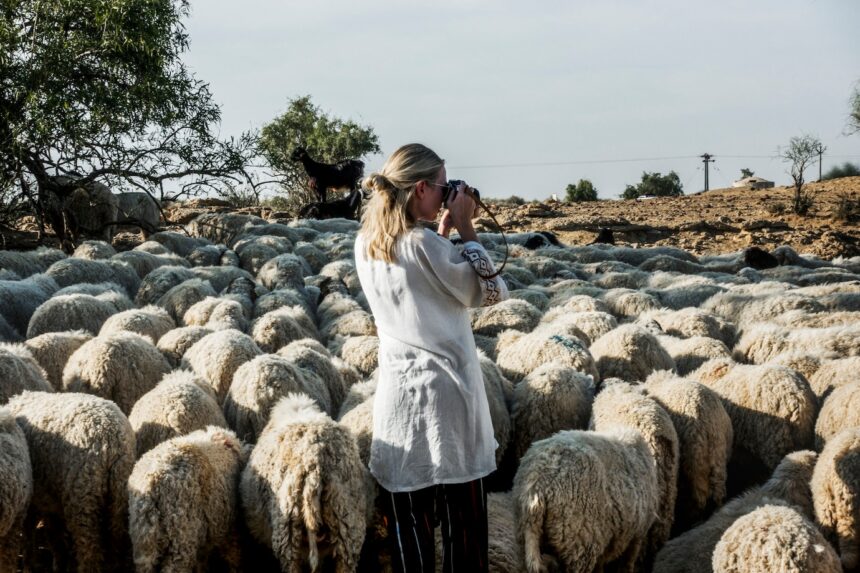South Africa, like many other countries, faces challenges in balancing livestock production with sustainable land management practices. Sustainable grazing practices play a crucial role in maintaining healthy ecosystems, conserving biodiversity, and ensuring long-term productivity. Here are some key points to consider when exploring sustainable grazing practices for livestock in South Africa:
- Rotational Grazing: Implementing rotational grazing systems is essential for sustainable livestock production. This practice involves dividing pastures into smaller paddocks and rotating livestock between them. By allowing adequate rest periods for vegetation regrowth, rotational grazing prevents overgrazing, improves soil health, and promotes biodiversity.
- Proper Stocking Rates: It is crucial to determine appropriate stocking rates to prevent overgrazing and land degradation. Overstocking occurs when there are more livestock animals than the available forage can sustainably support. By carefully monitoring and adjusting stocking rates based on carrying capacity and forage availability, farmers can ensure sustainable grazing practices.
- Water Management: Efficient water management is essential for sustainable grazing systems. Implementing watering systems such as troughs, pipelines, and gravity-fed systems can reduce water wastage and prevent soil erosion caused by excessive trampling around water sources. Access to clean and adequate water is vital for livestock health and productivity.
- Native and Adaptive Plant Species: Encouraging the growth of native and adaptive plant species is beneficial for sustainable grazing. Indigenous plants are well adapted to local conditions and can provide valuable forage resources for livestock. By restoring and maintaining natural grasslands, farmers can enhance ecosystem resilience and support biodiversity.
- Soil Health and Fertility: Maintaining soil health is critical for sustainable grazing practices. Practices such as applying organic fertilizers, minimizing soil erosion, and avoiding the use of harmful chemicals help preserve soil fertility. Regular soil testing can provide valuable insights into nutrient levels and guide farmers in making informed decisions about fertilization.
- Monitoring and Adaptive Management: Regular monitoring of grazing areas and livestock performance is vital for sustainable management. By closely observing the condition of pastures, vegetation growth, and animal health, farmers can identify potential issues and make necessary adjustments to grazing practices. This adaptive management approach ensures continuous improvement and long-term sustainability.
- Collaboration and Knowledge Sharing: Encouraging collaboration and knowledge sharing among farmers, researchers, and agricultural extension services is crucial. Sharing experiences, best practices, and success stories can foster innovation and help disseminate sustainable grazing techniques across the farming community.
- Policy and Financial Support: Governments and agricultural organizations can play a significant role in promoting sustainable grazing practices through policy frameworks and financial support. Providing incentives for adopting sustainable practices and offering training programs can encourage farmers to transition to more sustainable grazing systems.
Remember that the specific grazing practices may vary depending on the local ecological conditions, livestock species, and farm size. It is essential to consider the unique characteristics of each farming operation when implementing sustainable grazing practices in South Africa.
Join 'Farmers Mag' WhatsApp Channel
Get the latest Farming news and tips delivered straight to your WhatsApp
CLICK HERE TO JOIN






